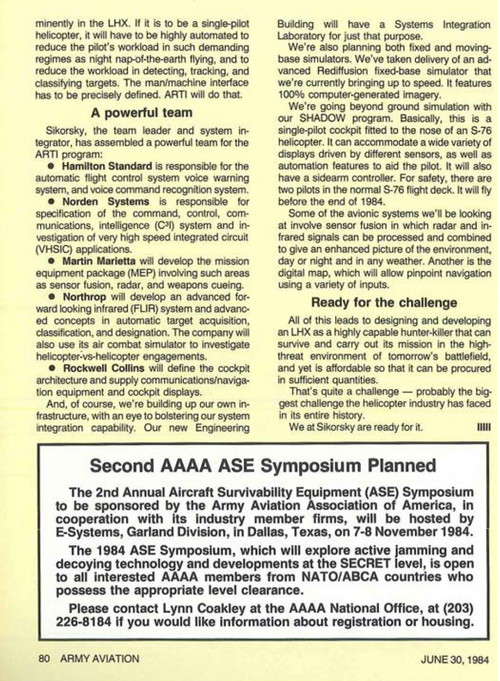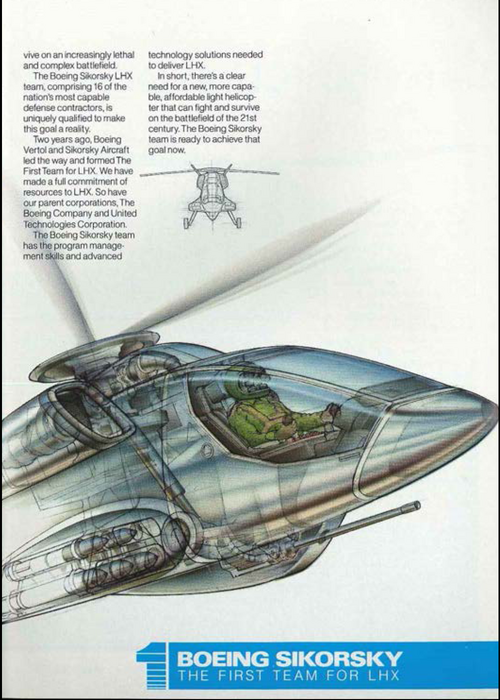In
The RAH-66 Comanche Helicopter: Technical Accomplishment, Program Frustration, by
Arthur W. Linden, there is an entire chapter on the tail rotor development. In the trades process they decided on the fenestron over conventional tail rotor, and interestingly enough, they even considered NOTAR, albeit for a very short period. They acknowledged that the fenestron required more power. However given the mission; low level reconnaissance in high threat environments, it was the best compromise between efficiency of power use, stealth, and mission safety.
The book is not inexpensive, $40 US on Amazon, but it is the most complete and authoritative book on the development of RAH-66. The first 3/4 of the book is focused on the engineering aspects of the program, while the last 1/4 is the sad tale of how the government slowly and expensively delayed the program into irrelevance. I do recommend it if you have an interest in this aircraft.




































































